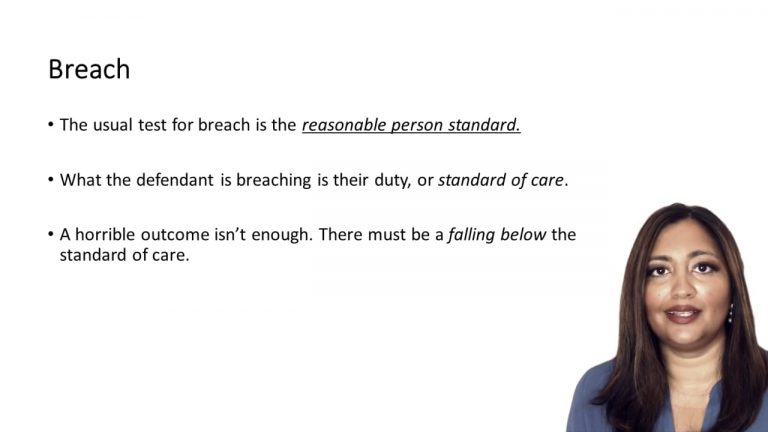SmartBrief
Confirm favorite deletion?
Contracts Keyed to Fuller
Kearsarge Computer, Inc. v. Acme Staple Company, Inc.
Citation:
Kearsarge Computer, Inc. v. Acme Staple Company, Inc., Supreme Court of New Hampshire, 1976. 116 N.H. 705, 366 A.2d 467.Facts
Kearsarge Computer, Inc. (Plaintiff) entered into a one-year electronic data processing services agreement with Acme Staple Company, Inc. (Defendant). Seven months into the contract, Acme terminated the contract, alleging that Kearsarge’s performance was unsatisfactory. Kearsarge subsequently requested information regarding the alleged data processing errors and any losses therefrom. Acme responded that Kearsarge already possessed this information. Both parties sued one another for breach of contract.
Only StudyBuddy Pro offers the complete Case Brief Anatomy*
Access the most important case brief elements for optimal case understanding.
*Case Brief Anatomy includes: Brief Prologue, Complete Case Brief, Brief Epilogue
- The Brief Prologue provides necessary case brief introductory information and includes:
Topic:
Identifies the topic of law and where this case fits within your course outline.Parties:
Identifies the cast of characters involved in the case.Procedural Posture & History:
Shares the case history with how lower courts have ruled on the matter.Case Key Terms, Acts, Doctrines, etc.:
A case specific Legal Term Dictionary.Case Doctrines, Acts, Statutes, Amendments and Treatises:
Identifies and Defines Legal Authority used in this case.
- The Case Brief is the complete case summarized and authored in the traditional Law School I.R.A.C. format. The Pro case brief includes:
Brief Facts:
A Synopsis of the Facts of the case.Rule of Law:
Identifies the Legal Principle the Court used in deciding the case.Facts:
What are the factual circumstances that gave rise to the civil or criminal case? What is the relationship of the Parties that are involved in the case.Issue(s):
Lists the Questions of Law that are raised by the Facts of the case.Holding:
Shares the Court's answer to the legal questions raised in the issue.Concurring / Dissenting Opinions:
Includes valuable concurring or dissenting opinions and their key points.Reasoning and Analysis:
Identifies the chain of argument(s) which led the judges to rule as they did.
- The Brief Prologue closes the case brief with important forward-looking discussion and includes:
Policy:
Identifies the Policy if any that has been established by the case.Court Direction:
Shares where the Court went from here for this case.
Topic Resources
Topic Videos
 5m 51s
5m 51s 11m 27s
11m 27sTopic Outline
